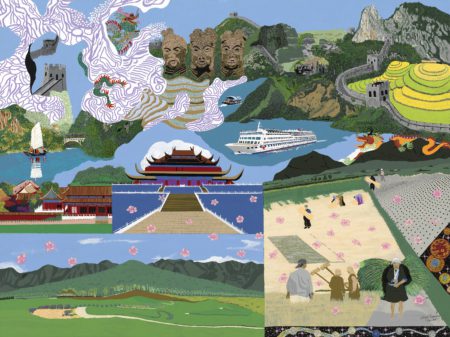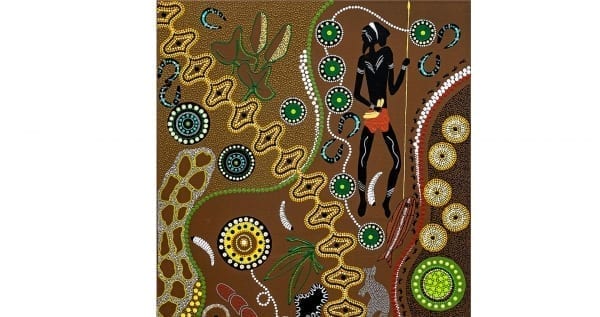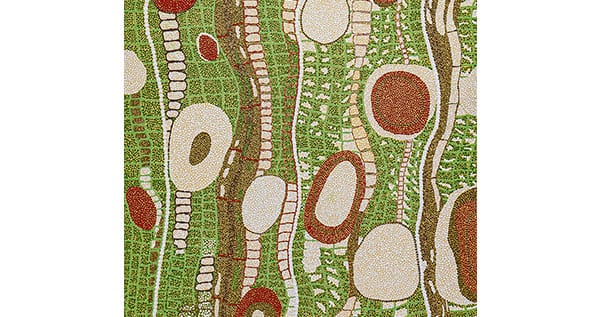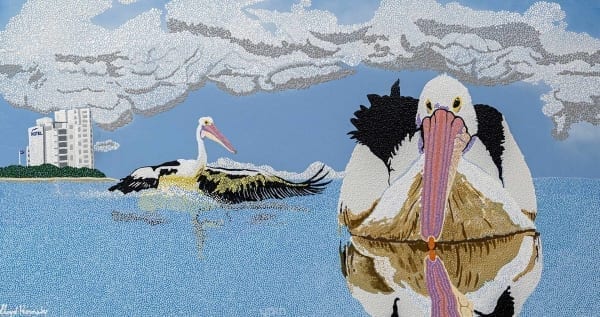Description
Artist: Lloyd Hornsby
Title: “Chinese Immigration”
Dimensions: 2m x 1.5m
Medium: Acrylic on Canvas
Price: $11,000 + GST
Artists Statement:
James Ahoy the artists Great Grandfather arrived in Braidwood around 1885, and registered a gold mine. Chinese miners arrived on the Australian gold fields around 1854. Often referred to in the contemporary literature as celestials (children of the sun), they were viewed by large sections of society with suspicion and racism because of their different language, dress, food and customs. They were known for being hard-working and peaceful people; however their experience of the gold rush was marred by racism and discriminatory politics. Chinese migrants were forced to live under a protectorate system and required to pay taxes that no other migrants had to pay.
We are not sure which province James came from but most of the Chinese immigrants were from the densely populated southern provinces of Guangdong (Kwangtung) and Fujian (Fukien). Conditions in China, particularly in the south, were difficult and a significant rise in population had put pressure on the available resources. Significant Chinese immigration to Australia began in the 1850s as part of the Australian gold rushes, but the number of Chinese in Australia dwindled following the passing of anti-Chinese immigration laws, culminating in the federal White Australia Policy (WAP) effective from 1901 to 1973. We know that due to these conditions on the Gold Fields, James registered a Chinese market garden which was a lot easier and more productive, as they were seen to be assisting the community and not competing with it.
This image depicts the history and the area from where James Ahoy came from to settle in Australia. Imagery of the Great Wall of China is a series of fortifications that were built across the historical northern borders of ancient Chinese states and Imperial China as protection against various nomadic groups from the Eurasian Steppe. Rice fields, their workers, Boats on the Yangtze River, A Temple and housing, featuring the Terra Cotta Soldiers together with the burial mound of Qin Shihuang’s Mausoleum; China’s first Emperor. The base of the painting shows the start of the journey James Ahoy made to come to Australia.






